
Introduction:Embedded artificial intelligence is a fascinating concept.Previously, I often heard students preparing for jobs or graduate school ask which has a better future: embedded systems or artificial intelligence?It turns out that adults want a more promising future, leading to the emergence of embedded artificial intelligence.This article will briefly discuss embedded artificial intelligence.
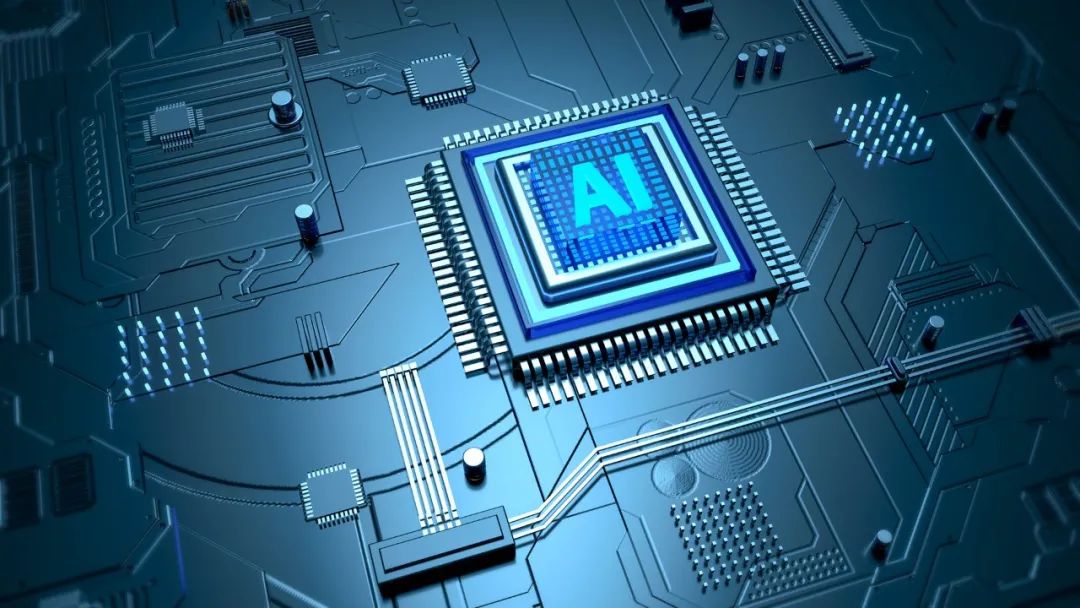
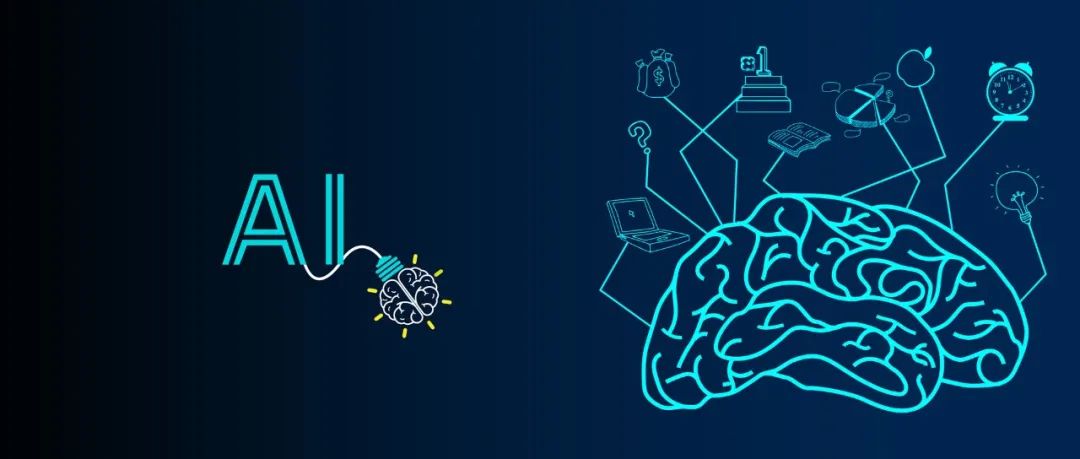
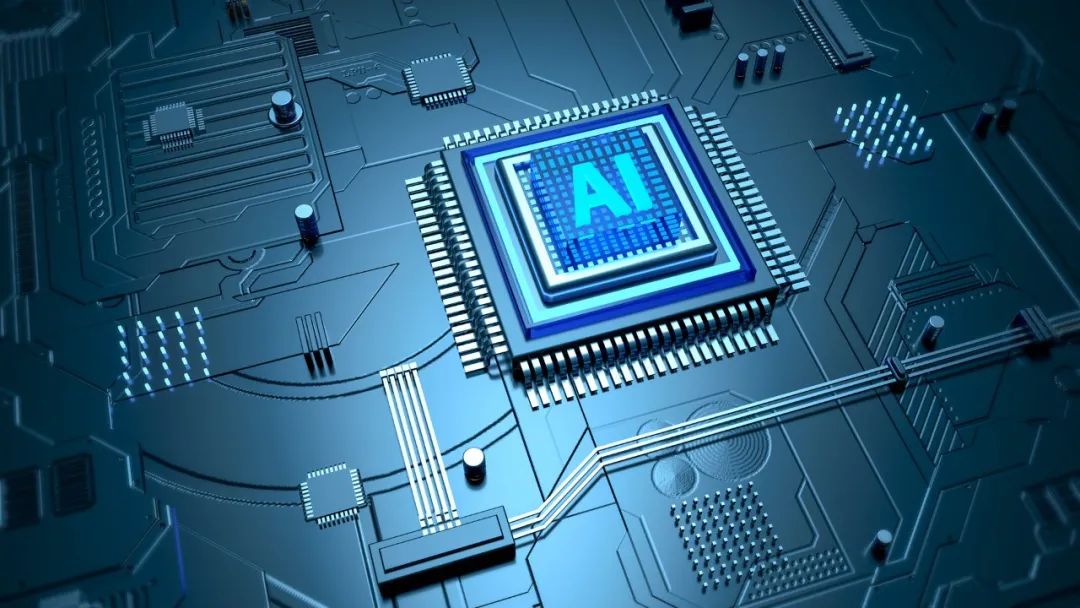
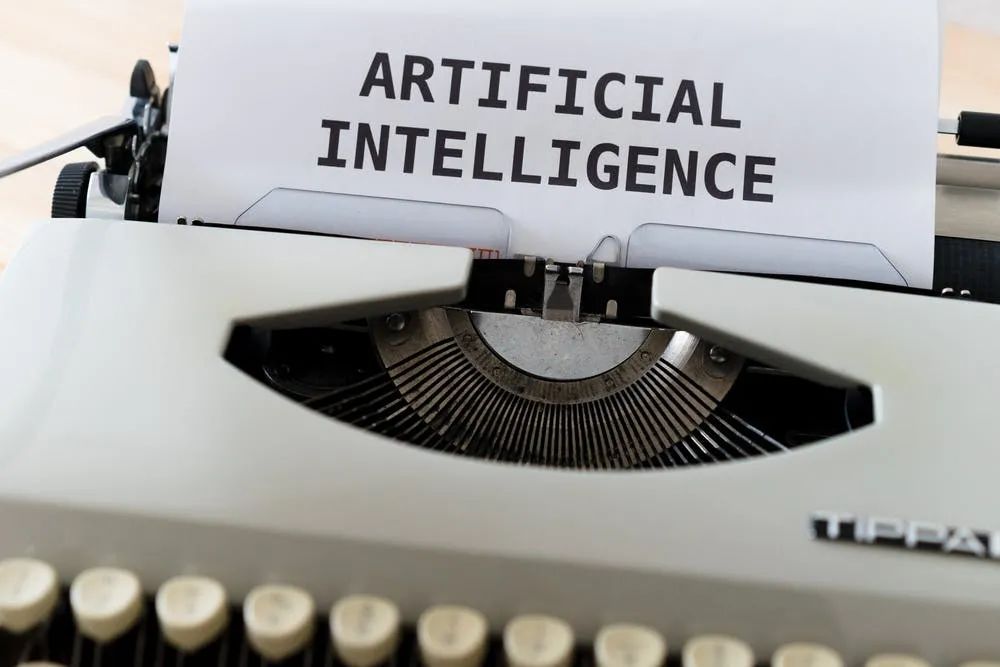

Further Reading👇
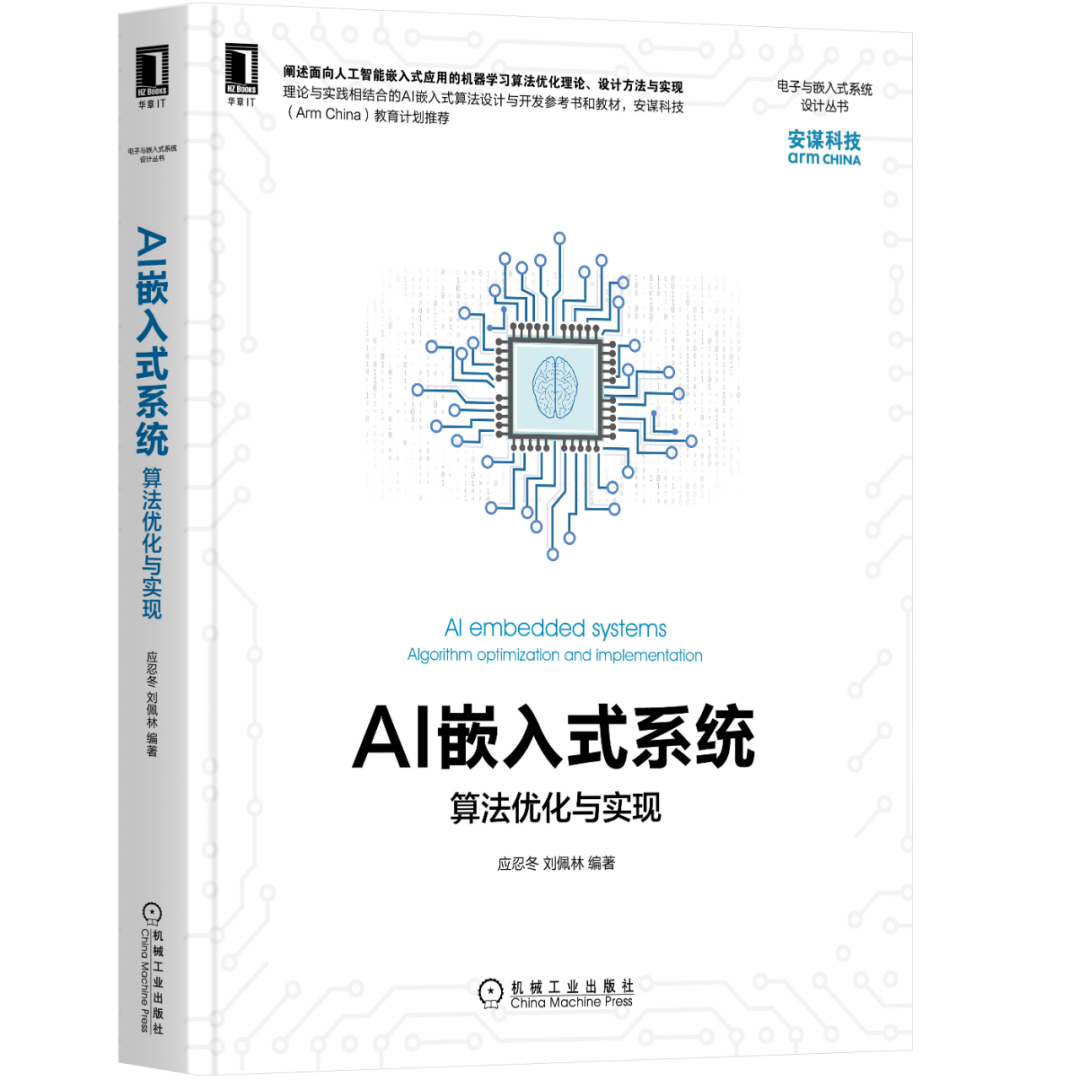
Direct Access to Valuable Content👇
-
In the age of artificial intelligence, three questions will determine the future.
-
Finally, someone has clarified the normal distribution and the 80/20 principle.
-
Vivo’s real case: What problems did the middle platform solve?
-
These 10 functional modules will teach you how to design an e-commerce system from scratch.